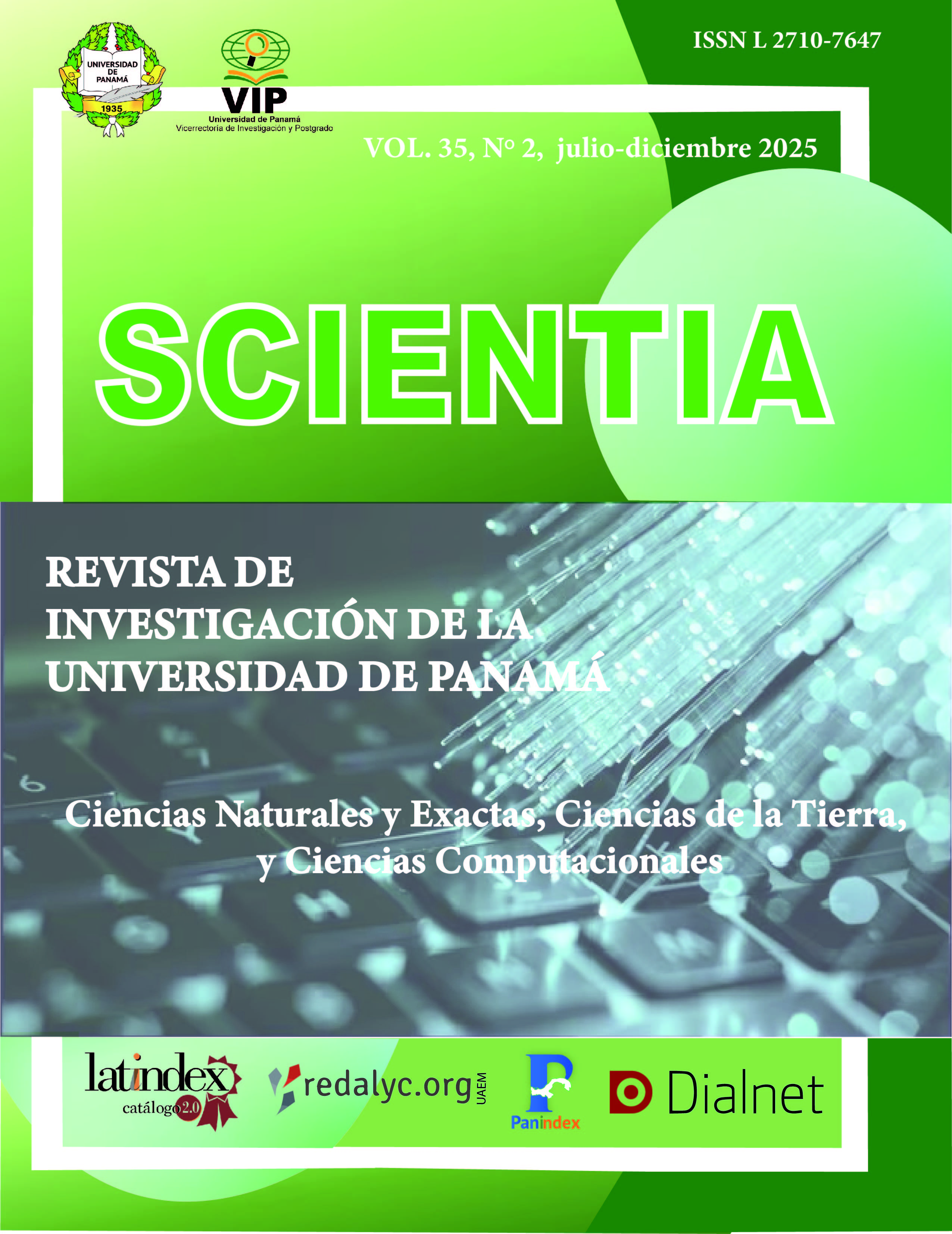

Copyright (c) 2025 Scientia

This work is licensed under a Creative Commons Attribution-NonCommercial-ShareAlike 4.0 International License.
The objective of this research was to evaluate the efficiency of sensory networks for improving sunflower cultivation at FACIAG. The study used HC-SR501, DHT11, and DHT22 PIR sensors to monitor movement, temperature, and humidity. The methodological approach involved interviews with three expert professors and surveys with 67 agronomy students. Using comparative analysis methods, surveys, and qualitative techniques, the results showed that 73.1% of respondents considered implementing sensory networks beneficial, and 91% saw no cost obstacles. The majority (62.7%) believed that agricultural technology optimizes production, detects problems early, and improves decision-making. The conclusion is that the adoption of sensory networks in sunflower cultivation at FACIAG can increase efficiency, reduce resources, and improve long-term growing conditions. Potential benefits include greater precision in agricultural management, early pest identification, and optimized resource utilization. This provides significant benefits to the University and its students.